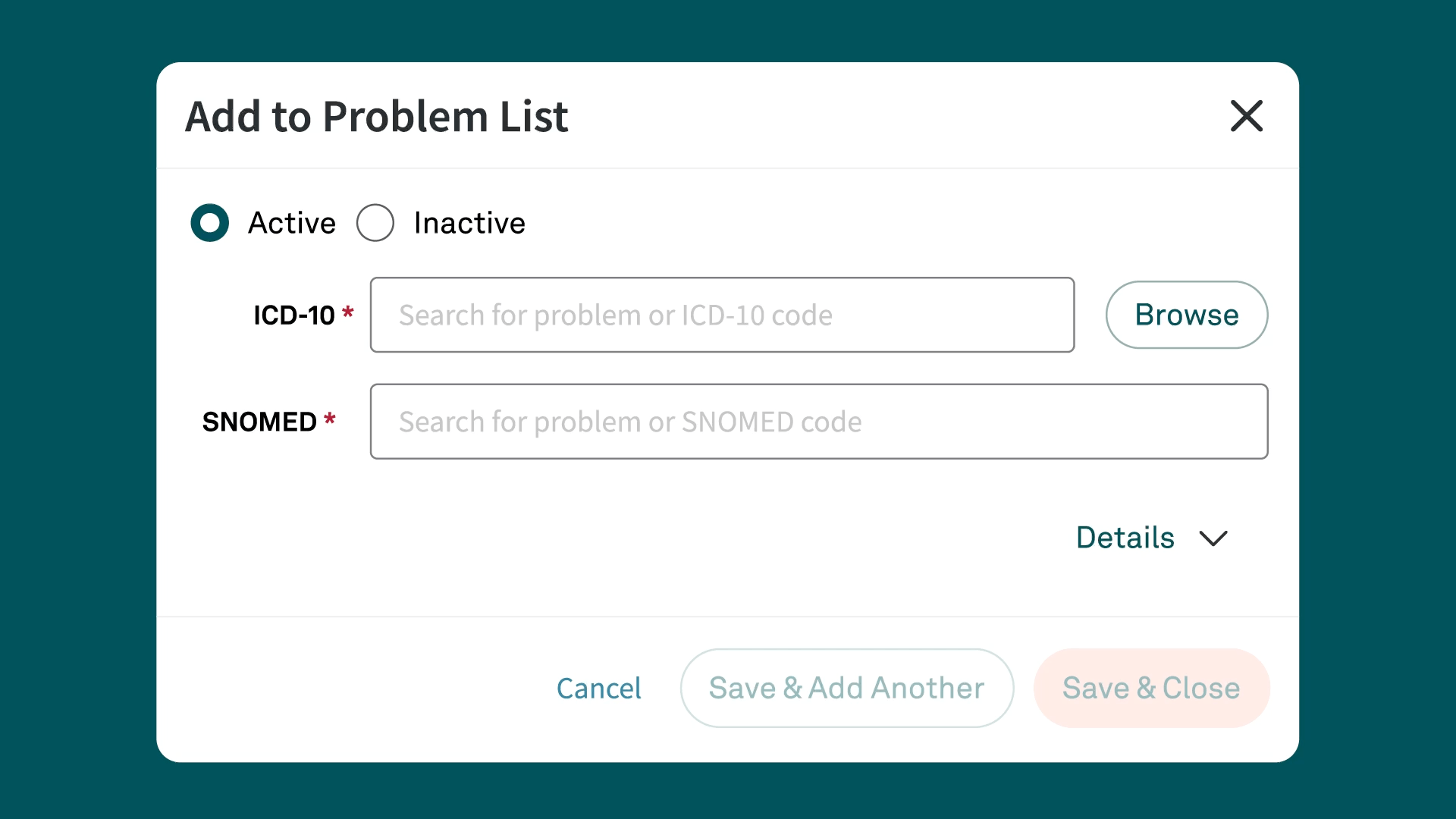ICD-10 Code K74.69
Other cirrhosis of the liver
What is the code K74.69?
K74.69 is an ICD-10-CM code used to identify "other cirrhosis of the liver." This code falls under the broader category of diseases of the liver, specifically cirrhosis, which is a late stage of scarring (fibrosis) of the liver caused by many forms of liver diseases and conditions, such as hepatitis and chronic alcoholism.
Download your free resource now
Access it instantly — just complete the form

Detailed description of K74.69
Cirrhosis of the liver is a condition characterized by the replacement of normal liver tissue with fibrous scar tissue, which impedes the liver's ability to function properly. The code K74.69 is used when the cirrhosis does not fit into the more specific categories, such as primary biliary cirrhosis (K74.3) or secondary biliary cirrhosis (K74.4). This code is applied when the cirrhosis is due to other causes for which a more specific code is not available.
Symptoms commonly associated with K74.69
Patients diagnosed with cirrhosis of the liver, identified by the ICD-10 code K74.69, may present with various symptoms, including:
- Fatigue and weakness
- Jaundice (yellowing of the skin and eyes)
- Easy bruising and bleeding
- Itchy skin
- Ascites (accumulation of fluid in the abdomen)
- Swelling in the legs and ankles
- Spider angiomas (small spider-like blood vessels visible under the skin)
- Hepatic encephalopathy (confusion and cognitive impairment due to liver dysfunction)
- Loss of appetite and weight loss
Related and similar ICD-10 codes
Understanding related and similar ICD-10 codes helps in distinguishing between different types of liver diseases and cirrhosis. Some of these related codes include:
- K74.00: Hepatic fibrosis, unspecified
- K74.1: Hepatic sclerosis
- K74.2: Hepatic fibrosis with hepatic sclerosis
- K74.3: Primary biliary cirrhosis
- K74.4: Secondary biliary cirrhosis
- K74.5: Biliary cirrhosis, unspecified
- K74.60: Unspecified cirrhosis of the liver
Appropriate usage and guidelines for K74.69
When coding for K74.69, ensure that the diagnosis does not fit into any other more specific category of cirrhosis. The diagnosis should be well-documented in the patient's medical record. It is also important to document the underlying cause of cirrhosis if known, as this can impact the choice of code. Forms of cirrhosis that are coded to K74.69 include, cryptogenic cirrhosis, macronodular cirrhosis, micronodular cirrhosis, mixed type cirrhosis, portal cirrhosis and postnecrotic cirrhosis.
Common pitfalls in coding with K74.69
Several common pitfalls can occur when coding for K74.69, including:
- Misclassification: Incorrectly using K74.69 when a more specific code should be applied (e.g., K74.3 for primary biliary cirrhosis).
- Incomplete documentation: Failing to document the underlying cause of cirrhosis, which can lead to inaccurate coding.
- Overlooking related conditions: Not considering coexisting liver conditions that may have separate codes.
Key resources for K74.69 coding
To ensure accurate coding for K74.69, healthcare providers and coders can refer to several key resources:
- ICD-10-CM Official Guidelines for Coding and Reporting: These guidelines provide comprehensive instructions for using ICD-10 codes.
- Centers for Medicare & Medicaid Services (CMS): CMS offers a wealth of resources and updates on coding practices, including webinars, manuals, and bulletins.
- Professional coding organizations: Organizations like the American Health Information Management Association (AHIMA) and the American Academy of Professional Coders (AAPC) offer educational resources, certifications, and support for medical coders.
- Coding reference books and software: Reference materials such as the ICD-10-CM codebook can support medical coders and providers.
- Liver disease-specific clinical practice guidelines: These reference materials can provide insight into ICD-10 code K74.69 and others.
These resources provide detailed instructions and updates on coding standards and practices.
Conclusion
Use ICD-10 code K74.69 to identify "other cirrhosis of the liver," a condition marked by significant liver scarring due to various causes. Accurate coding requires thorough documentation to avoid common pitfalls and ensure appropriate categorization. By leveraging key resources and adhering to coding guidelines, healthcare providers can enhance the accuracy and efficiency of their medical coding practices, ultimately improving patient care and operational effectiveness.
Simplify ICD-10 code documentation with Tebra
Tebra’s EHR+ gives you quick searches and Systematized Nomenclature of Medicine (SNOMED) field names for efficient code documentation. Plus, Tebra automatically saves ICD-10 to SNOMED mapping for future searches, streamlining your workflow.

Discover how Tebra helps providers effortlessly document health-related issues and conditions in this detailed post.
Similar Codes
Stay Ahead with Expert Healthcare & Billing Insights
Get the latest industry updates, financial tips, and expert strategies — delivered straight to your inbox.

